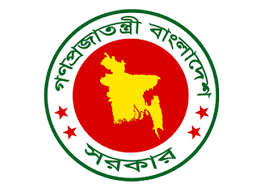For the first time, the Bangladesh government has released a Multidimensional Poverty Index (MPI), revealing that 24.05 percent of the population lives in poverty when factors beyond income are taken into account.
The report, published on Thursday by the General Economics Division (GED) of the Planning Commission, draws on data from the 2016 Household Income and Expenditure Survey and the 2019 Multiple Indicator Cluster Survey.
Some experts, however, have raised concerns about the relevance of the findings due to the age of the data.
Unlike traditional poverty measures that focus solely on income, the MPI evaluates 11 indicators across three dimensions: health, education, and living standards. These include access to electricity, clean drinking water, sanitation, housing quality, cooking fuel, asset ownership, internet access, school attendance, years of schooling, nutrition, and reproductive healthcare.
The findings show that children are disproportionately affected. About 28.64 percent of children under the age of 10, and 28.83 percent of those aged 10 to 17, live in multidimensional poverty. Among adults, the rate is comparatively lower at 21.44 percent.
Bandarban district recorded the highest rate of multidimensional poverty at 65.36 percent. Other severely affected districts include Cox’s Bazar (47.70%), Sunamganj (47.36%), Rangamati (45.89%), and Bhola (45.12%). Kurigram, Habiganj, Khagrachari, Kishoreganj, and Netrokona also reported high poverty levels.
On the opposite end, Jhenaidah had the lowest multidimensional poverty rate at just 8.66 percent, followed by Dhaka (9.19%), Gazipur (9.63%), and districts like Jessore, Meherpur, Kushtia, Chuadanga, Manikganj, Feni, and Dinajpur.
Among the divisions, Sylhet recorded the highest prevalence of multidimensional poverty, while Khulna had the lowest.
Despite concerns about the outdated data, officials say the MPI offers a broader and more nuanced understanding of poverty in Bangladesh. They believe it will help inform more effective policies to improve access to essential services such as education, healthcare, and infrastructure.

